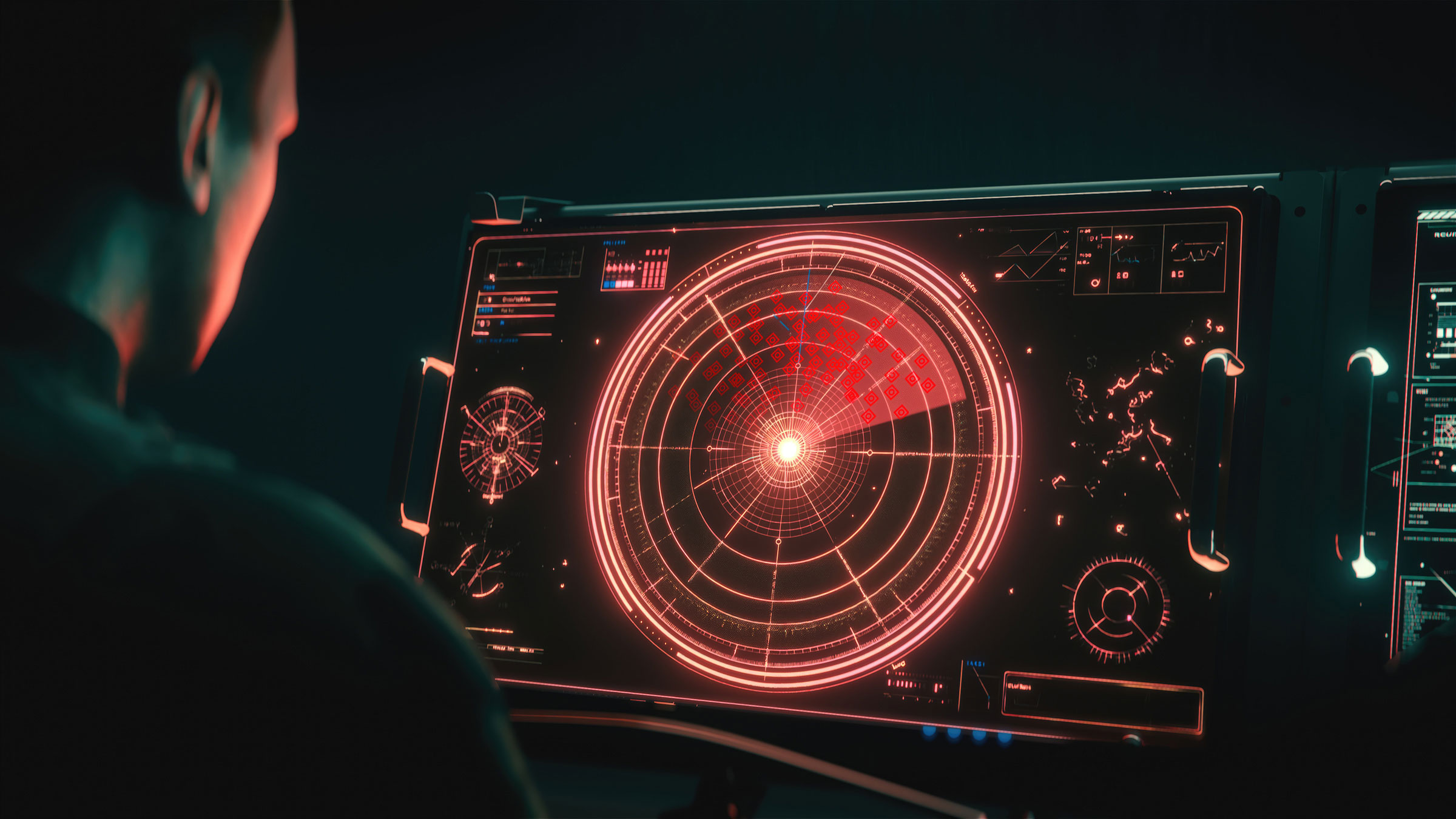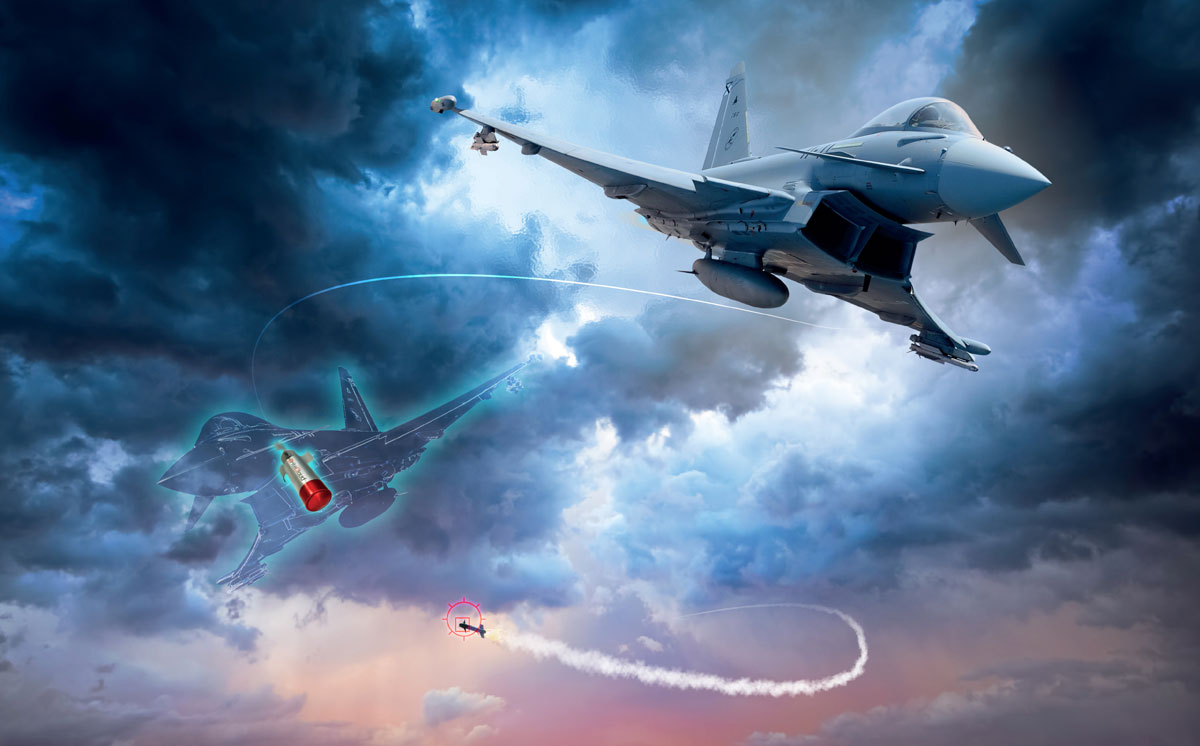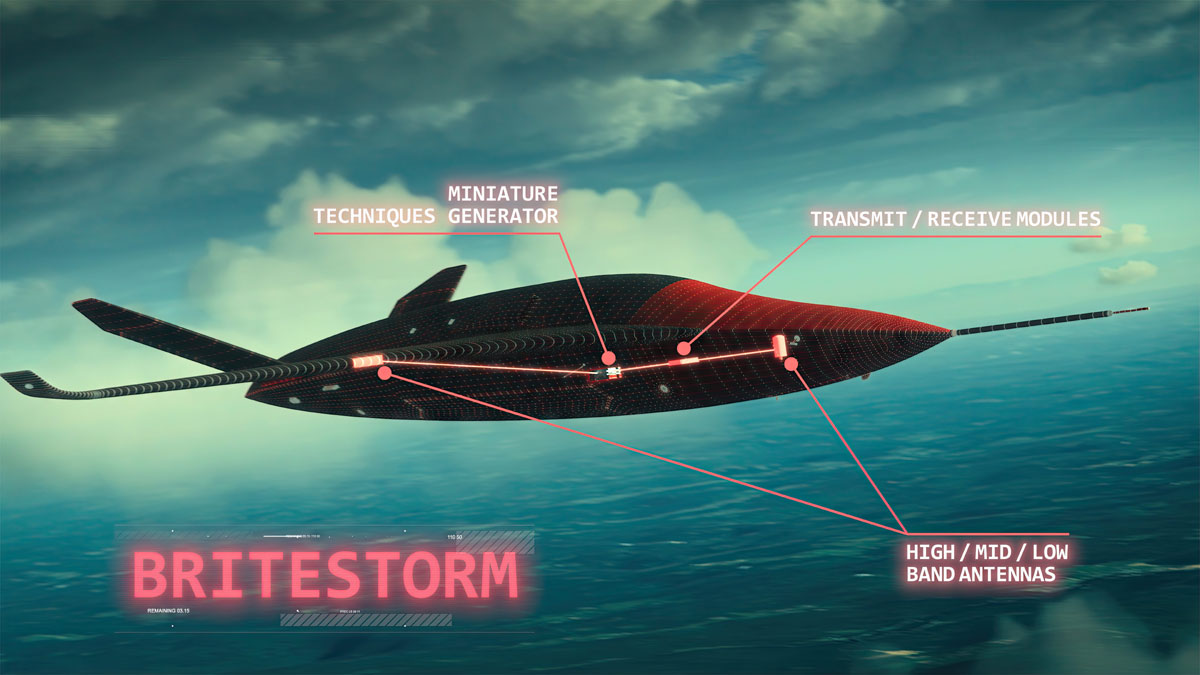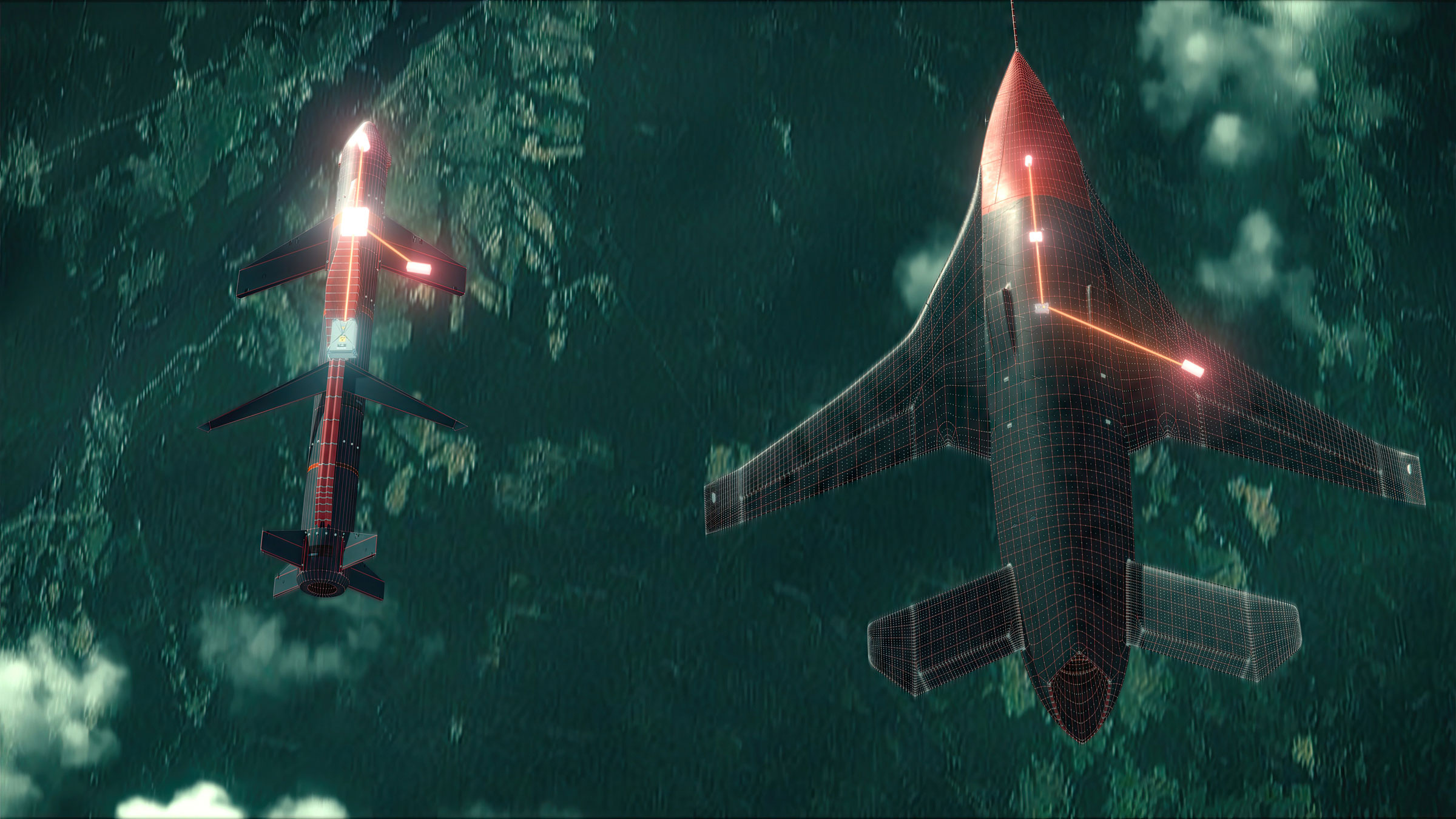Electronic Warfare (EW) plays a critical role in today’s congested and contested battlespace, enabling friendly forces to disrupt and deceive enemy radar and communications systems to protect their assets and people during complex operations. However, EW is a cat-and-mouse game against adversaries who are constantly modernising to level the playing field, leaving us with no choice other than to outpace them to dominate the battlespace.

The growing threat from near-peer air defences
Gone are the days of guaranteed air superiority. Modern ground-based surveillance radars have extensive ranges and form the backbone of most modern integrated air defence systems (IADS). Paired with mobile ground-based air defence systems (GBAD) and surface to air missile systems (SAMs), an effective IADS enables its operators to detect, track, intercept and engage threats from increasing distances. As a result, military operations come with an increasing risk to the lives of personnel operating within crewed platforms, with their every move monitored and analysed in real-time.
Protecting people and platforms
Leonardo has pioneered several airborne EW technologies that have proven to be life-saving capabilities for frontline military personnel. The Company has also been at the forefront of miniaturising its technologies, enabling them to be integrated onto smaller platforms or into smaller form factors that were not previously possible.

An example of this is Leonardo’s BriteCloud technology – an Expendable Active Decoy (EAD) that is ejected from an aircraft’s existing chaff / flare dispensers. BriteCloud offers unprecedented protection against highly advanced Radio Frequency (RF) threats, delivered in a very small form factor that does not affect the performance of an aircraft or require the installation of new equipment.
BriteCloud is designed to disrupt incoming RF missiles and is a last resort for an operator. So how do you protect friendly forces during the early stages of a mission, while the adversary is still scanning the sky for threats?
Blinded by the Brites
Introducing BriteStorm: Leonardo’s answer to this very question, which promises to be a game-changer for future operations.
The success of BriteCloud has pushed Leonardo to leverage its miniaturised EW technologies so that they can be used on a wide range of platforms, enabling new mission sets and concepts of operations (CONOPS). This is particularly relevant for jamming and disrupting enemy IADS, a role that has traditionally been conducted by strategic stand-off platforms, or escort platforms, with very powerful electronic systems.

As the name suggests, stand-off jammers perform their missions at long ranges and require high power electronics that are large and expensive, normally requiring crewed platforms that are strategic in value, and limited in number.
“There's always been a desire to have your jamming systems close-in to the threat, which means you need relatively less power for what’s known as stand-in jamming,” explains Andrew Ingram, Head of Capability, EW.
With a reduced size, weight, and power, Leonardo has developed and proven BriteStorm, its revolutionary new capability that will be deployed ahead of the main force to degrade and suppress an adversary’s IADS, protecting friendly forces and enabling mission success.

The payload can be integrated onto attritable uncrewed systems and a wide range of launched effects, meaning that it can be re-used for future missions. However, if lost, it is not as significant as losing a strategic crewed asset.
“Platforms installed with a BriteStorm payload can deploy ahead to create confusion, so that enemy IADS are unable to detect, track and attempt to engage friendly assets. Due to the evolution of near-peer IADS capabilities, it is critical that friendly forces use BriteStorm to ensure friendly forces remain protected,” says Mark Randall, Campaign Manager, EW.

Gaining and maintaining the operational advantage
As BriteStorm will enable armed forces to have a stand-in jamming capability on smaller uncrewed systems, this is likely to change the shape of how future missions are conducted, providing coalition forces with a significant operational advantage. The system is platform agnostic, enabling operators the flexibility to integrate the capability on their preferred platform and not incur the costs of acquiring and integrating a bespoke capability.
The use of Digital Radio Frequency Memory (DRFM) technology allows a wide range of electronic deception techniques to be used against adversary systems. This can range from barraging an enemy system with electronic noise or generating ‘ghost’ signatures of aircraft that are not there. Either way, operators of an enemy’s IADS cannot generate an accurate air picture, leading to confusion and wider disruption to command and control.

